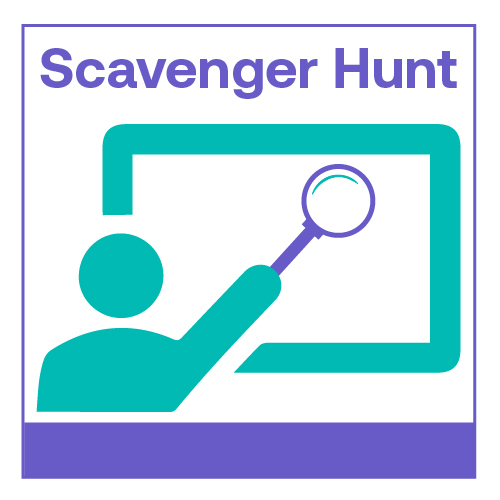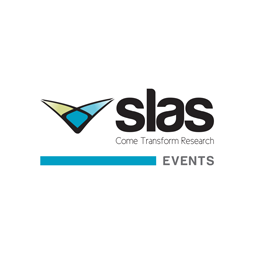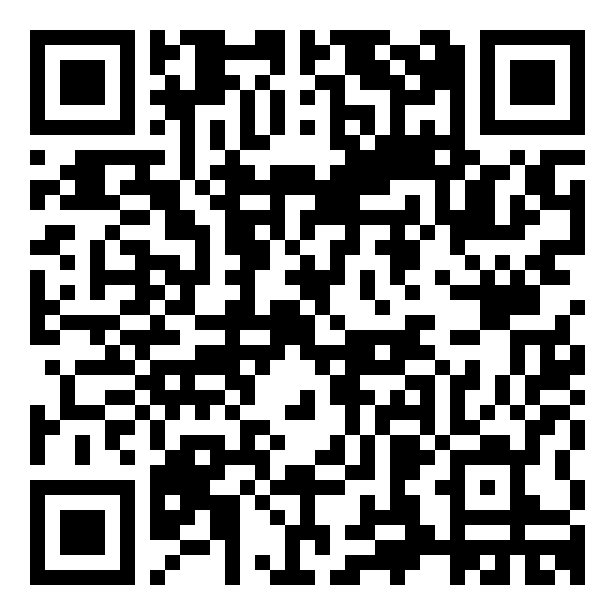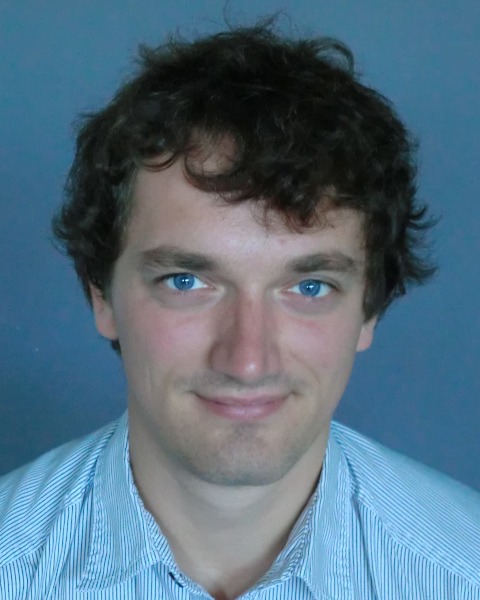Back

 View Leader Board
View Leader Board



Automation Technologies
Using SiLA2 as a standard to integrate hardware components for laboratory automation.

Georg Hinkel, Dr. rer. nat.
Senior Software Technology Engineer
Tecan
Wiesbaden, Hessen, Germany
Primary Author - January Poster(s)
Abstract: As with any other industry, the development of new laboratory automation solutions could be aided by reusing components off-the-shelf, such as e.g. pumps, valves, entire liquid systems or individual arms. However, in laboratory automation, we do not have a common standard such as AUTOSAR used in the automotive context that allows integrator companies (in the automotive industry: car makers) to easily integrate components from other companies from a software point of view. Instead, integrator companies are nowadays often restricted to use those components that happen to use the same programming language for the control software as they use themselves for the software of the instrument, simply because the integration effort otherwise gets too demanding: Integrator companies are often small companies - sometimes just spin-offs from academia that try to commercialize an academic prototype - and cannot bear the expertise in multiple different software development platforms and to integrate across them. However, for vendors, it is also usually not feasible either to create the software to control the components on a low level in multiple programming languages either, due to duplicated development and verification efforts that would be necessary. Therefore, integrators would either have to rewrite the software starting from lowest levels or introduce some inter-process communication in order to communicate with the driver for the component. In this poster, we suggest to use the new SiLA2 standard as generic interface technology to bridge this gap between the programming languages. SiLA2 is a standard that combines the latest HTTP/2 data transmission standards with an efficient binary data encoding via Protocol Buffers. More importantly, reference implementations exist in the most important programming languages used by integrators: C#, Java, Python, Node.js and C++ and all of them can generate specific and - where possible - type-safe clients from existing features. On the component vendor side, these frameworks aid the development of the necessary servers. As a proof-of-concept, we have used the Tecan SiLA2 SDK, a BSD-3-licensed, royalty-free open-source framework for SiLA2 developments, to expose the existing .NET API of FluentControl to SiLA2 and derive a Python API for it, allowing users to control a Fluent instrument with different programming languages such as Python. Further, we exposed the entire high-level API of the Tecan MAPlinx DK through SiLA2, even without any changes to this API. This allows integrators to use the same APIs that Tecan uses internally for the development of new instruments, but in the programming language of their choice, whether it be Java, Python, Node.js or C++.
 View Leader Board
View Leader Board
Your Points: 0
Scan and Win! Complete as many scavenger hunt questions as possible. You will find scavenger hunt QR Codes to scan on participating posters. Each participating poster in the exhibit hall will have a QR code next to it. For virtual participants, look for the scavenger hunt icon for participating posters.
SLAS Events

Instructions
Each poster participating in the scavenger hunt will have a SCAVENGER HUNT QR code. When that QR code is scanned using the SLAS2022 app, question about the poster will appear. You must answer the question correctly to collect points. BE SURE TO EXPLORE THE POSTER BEFORE SCANNING THE CODE! SLAS will award three prizes to the participants with the most points.
1st Prize - Comp Reg + Hotel/Airfare to SLAS2023 in San Diego
2nd Prize - $50 Starbucks Gift Card
3Rd Prize - $25 AMEX Gift Card
Keep an eye on the leader boards to see who’s at the TOP. Winners will be announced after SLAS2022.
Each participating poster in the exhibit hall will have a QR code next to it. For virtual participants, look for the scavenger hunt icon for participating posters.
1st Prize - Comp Reg + Hotel/Airfare to SLAS2023 in San Diego
2nd Prize - $50 Starbucks Gift Card
3Rd Prize - $25 AMEX Gift Card
Keep an eye on the leader boards to see who’s at the TOP. Winners will be announced after SLAS2022.
Each participating poster in the exhibit hall will have a QR code next to it. For virtual participants, look for the scavenger hunt icon for participating posters.
